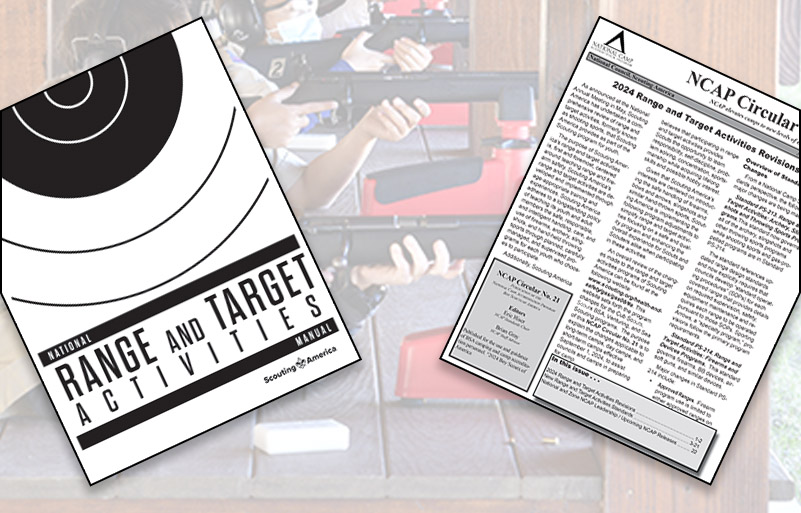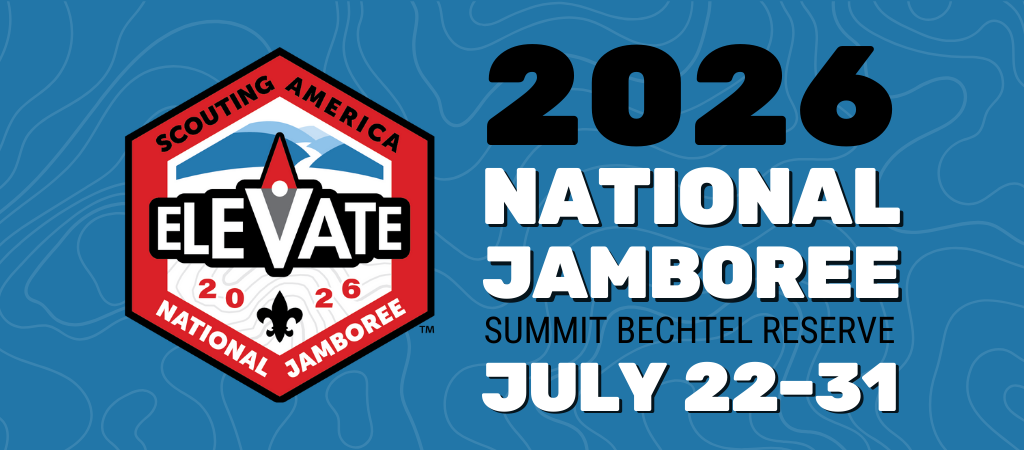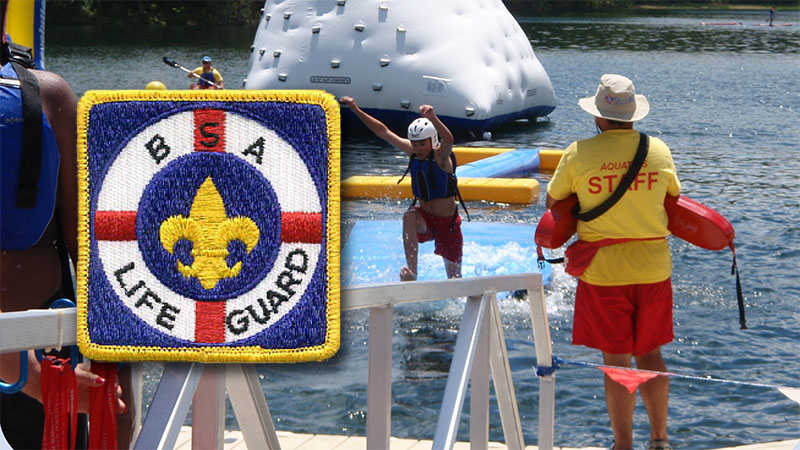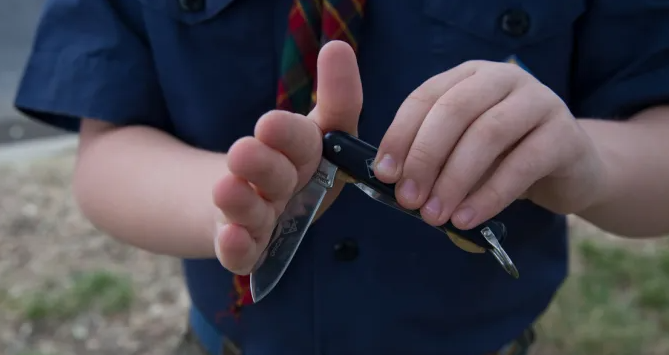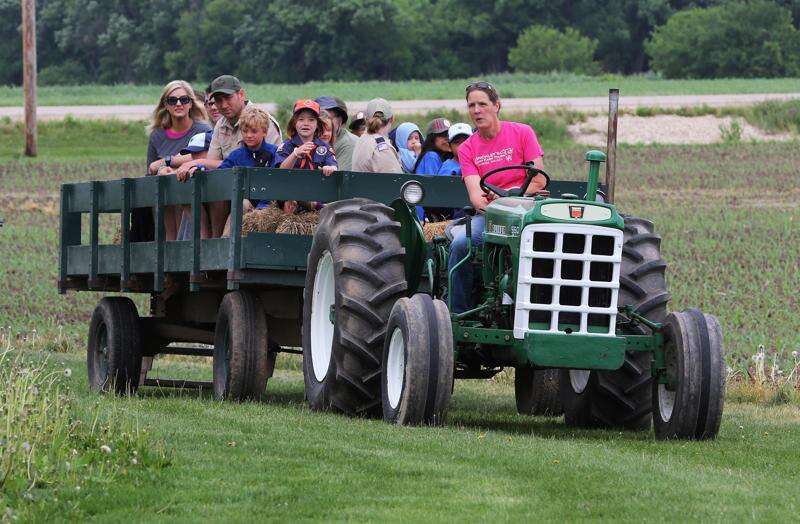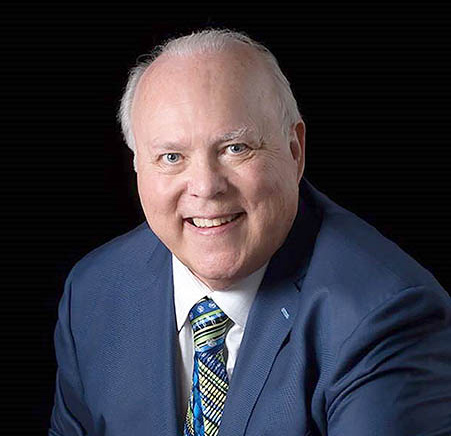Promoting attendance for Scout camp in 2025 requires a multi-faceted approach that speaks directly to the key decision makers: parents, Scouts, and unit leaders. Or to use 2025 vernacular these are the “influencers”.
Tailoring promotional strategies to the unique interests and concerns of each group will help your council and camp leadership spark excitement, ease concerns, and generate enthusiasm. Whether through engaging social media campaigns, informative parent outreach, or incentives for unit leaders, these 50 ideas offer a variety of creative ways to ensure Scouts experience the adventure, growth, and fun that Scout camp has to offer. Here’s a list of strategies to help boost your camp’s attendance and create lasting memories for Scouts in 2025. Have another idea to add to the list? Suggest it in the comments!
Promoting to Parents:
- Parent Camp Tours: Offer open house days for parents to visit the camp and see the facilities. Be intentional about marketing this open house direct to parents.
- Camp Testimonials: Share stories from parents whose children benefited you’re your Scout camp in previous years. ]
- Safety Information Sessions: Host webinars or meetings addressing parents’ concerns about camp safety. Many new parents do not know about HOW we build safe camp programs. Think of it – NCAP is a sales tool!
- Parent-Specific Emails: Send tailored emails focusing on what parents care about—safety, skill-building, leadership and character development. Remember that data we presented last fall? If not – check out that recording here.
- Cost-Benefit Highlight: Create clear comparisons of camp costs versus the personal growth and value gained by their child. Talk about the value of some of the merit badges your camp offers as a part of their child’s camp experience ROI.
- Scholarship/Financial Aid Info: Provide details about available financial aid or camperships to help alleviate cost concerns. Not every unit shares this information directly with the parents in their unit.
- Progress Updates: Share stories or photos of campers’ achievements throughout the camp experience. We are constantly selling camp – even during camp!
- Family Discounts: Offer incentives for multiple children from the same family attending. As a mother of twin Scouts BSA boys myself, even just $10-$20 off, makes a difference.
- Camp Packing Guides: Offer simple and helpful guides for preparing for camp, reducing the stress for parents. A “Leader’s Guide” is great for unit leaders but can overwhelm a parent. Consider an appendix that is all the information a parent needs to know that their unit leader can share with them directly and/or post it on your camp’s website.
- Engaging Social Media Content: Post videos on social media showcasing the fun, adventurous aspects of camp that appeal to parents.
- Parent Camp Webinars: Run virtual Q&A sessions with camp directors for parents. People want to put a name and a face on the people responsible for their children.
- Parent Alumni Networks: Encourage parents who are former campers to share their own positive experiences with new parents. Hey there’s even an NCAP experience about camp alumni (see NCAP RP-161).
- Highlight Camp’s Educational Value: Emphasize how the camp experience complements school by fostering skills like teamwork, leadership, and problem-solving. Building these “21st Century Skills” is another way Scouting helps partner with parents.
- Safety and Medical Care Transparency: Clearly explain medical and safety protocols, staff qualifications, and emergency procedures. Wait NCAP is a sales tool? Yes!
- First-Time Camper Orientation for Parents: Offer sessions where parents can learn what their child will experience. This is especially important for Scouts who just crossed over from their Arrow of Light den/patrol.
- Parent Engagement Activities: Introduce events where parents can join in, like family camp weekends or parent-camper competitions.
- Letters Home Program: Encourage parents to receive periodic letters from their kids to track progress. Teaching kids to write a letter is a cool skill (and hey it could be a postcard or even an email!).
- Online Photo Galleries: Post photos and updates from camp regularly for parents to follow. This is the Instagram generation. They love to see THEIR kids in action.
- Transportation Options: Provide transportation information or shuttle services to make it easier for parents to send their kids if you offer “provisional” programs.
- Testimonials from Experts: Feature endorsements from local educators or experts about the benefits of camp experiences – especially your specific camp experience. Have a member of your board from your local School programs? Ask them to attend and then write a testimonial!
Promoting to Scouts:
Ok it can be tricky to connect directly with Scouts but don’t underestimate the peer-to-peer marketing opportunities. This could also be a great way to engage your Order of the Arrow lodge.
21. Adventure Teasers: Send short, exciting video clips or pictures of camp activities like zip-lining, swimming, or archery.
22. Social Media Challenges: Run social media challenges where Scouts can earn rewards by posting about what they are excited for.
23. Exclusive Patches or Swag: Offer limited-edition camp patches or merchandise to those who sign up early.
24. Personalized Invitations: Send custom postcards or emails to Scouts, highlighting the fun activities planned for camp. Who doesn’t love mail? Especially a generation who never gets mail?!
25. Camp Story Contests: Ask Scouts who have attended previously to share their favorite camp stories with prizes for the best ones. Our best salespeople are our Scouts!
26. Scout-Specific Emails: Send fun, activity-focused emails directly to Scouts with sneak peeks of new camp programs. Send it to their parents and tell them to share with their Scout!
27. Peer Influencers: Recruit older Scouts or staff members to share why they love camp and mentor younger Scouts.
28. Camper Countdown: Send regular countdowns to Scouts, building excitement as camp approaches.
29. Outdoor Skill Demos: Hold local demonstrations of outdoor skills or other fun camp activities, where Scouts can experience a taste of camp.
30. Special Events for Returning Scouts: Create exclusive programs or events for Scouts returning for another year. Camper retention is critical! Hey, wait there is an NCAP standard for that too! (see NCAP RP-160).
31. Camp-Themed Scout Meetings: Incorporate camp-themed activities or challenges into troop meetings to build excitement. Encourage your camp staff to visit troops!
32. Specialty Camps Promotion: Highlight niche or specialty camps (like wilderness survival, range and target activities, or aquatics) to appeal to Scouts’ specific interests.
33. “Bring a Buddy” Discount: Encourage Scouts to sign up with a friend by offering both of them a discount if they register together, making camp more fun and accessible.
34. Scout Vlogs: Ask Scouts to create short vlogs about their camp experiences to share with others.
35. Create Fun Challenges: Offer fun summer challenges like “Best Camper Prep” or “Most Creative Packing,” with recognition at camp.
36. Camp Talent Show Teasers: Promote camp traditions like talent shows or camp wide games, where Scouts can showcase their skills.
37. Camp Reunion Events: Hold local “mini-camp” day events for Scouts who’ve already attended, sharing their enthusiasm with new Scouts.
38. Countdown Chain Activity: Give Scouts a printable countdown chain to mark the days until camp.
39. Highlight High-Adventure Opportunities: Showcase the “extreme” adventures only available at your camp, like rock climbing or whitewater rafting.
40. Early Bird Registration Bonuses: Offer early sign-up bonuses like a free t-shirt or camp sticker. Water bottle stickers are a great collectible!
Promoting to Unit Leaders:
41. Leader Camp Planning Guide: Provide unit leaders with a detailed guide for planning their unit’s camp experience but not just what to expect at camp but also WHY to sign up for your camp. Consider length. No one has time to read 112 pages.
42. Incentives for Full Troop Participation: Offer discounts or recognition for troops that send a full or percentage of their troop roster of Scouts to camp.
43. Leader Pre-Camp Orientation: Provide a pre-camp orientation where unit leaders can ask questions and get tips for a successful camp. Hey there’s an NCAP standard about this too! (See NCAP PD-108).
44. Leader Recognition Programs: Offer special awards or recognition for unit leaders who promote camp and achieve high participation. And there is an NCAP standard for this too (anyone else seeing a pattern here?). See NCAP RP-160.
45. Campsite Loyalty Programs: Offer the chance for units to reserve their preferred campsite for future years if they attend consecutively.
46. Commissioner Outreach: Have local Scouting commissioners personally reach out to unit leaders to encourage camp attendance. Especially units who haven’t attended your council camp in a couple of years but especially a troop who hasn’t attended any camp. \
47. Leader Testimonials: Share testimonials from leaders about how camp has benefited their units and the Scouts they lead.
48. Exclusive Leader Trainings: Offer special leadership training courses or certifications for unit leaders attending camp. Hey, let’s just make this a pattern… see NCAP standard RP-153.
49. Unit Competition Teasers: Promote inter-unit competitions or challenges, where leaders and their Scouts can compete, which is always a highlight for the week.
50. Promotional Materials Kits: Provide unit leaders with a ready-made promotional kit (posters, videos, flyers) to help them promote camp to their Scouts. Something simple they can send and give to parents. Multiple times!
